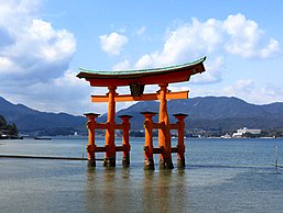Episodes objects and individuals from Japanese history
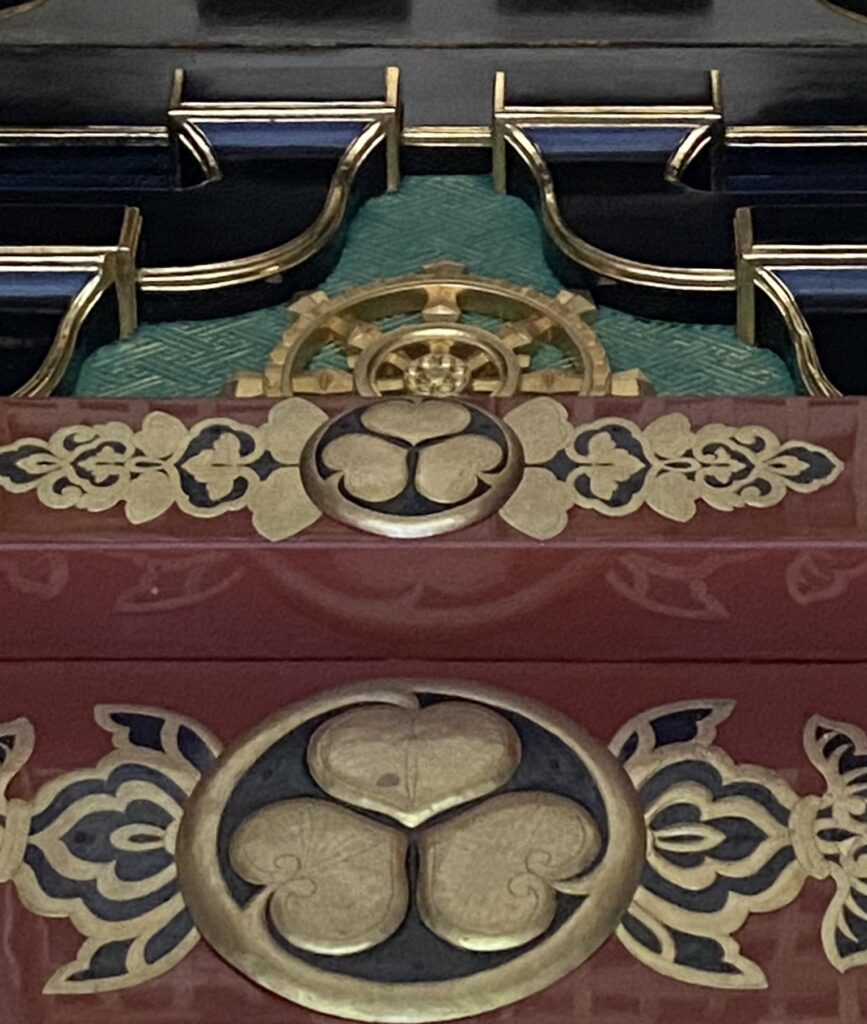
Tokugawa
The ruling dynasty that governed Japan in the form of the shogunate from 1603 to 1868 and that gave Japan 200 years of peace based on a policy of isolation – Sakoku – that banned most foreigners. The Shogun was a military leader nominally subservient to the ruling emperor but in practice, as called by western governments, the “King of Japan”. The Shogunate developed Edo ( later Tokyo) as their capital in contrast to Kyoto, the imperial city. The Tokugawa emblem, the triple hollyhock, is still a common symbol.
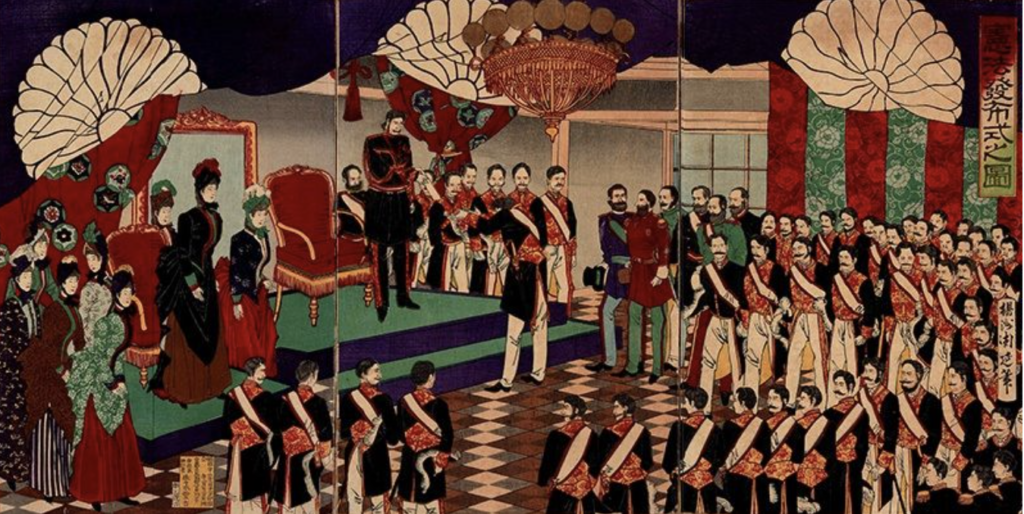
Meiji Restoration
The Meiji period of Japanese history is named after the years of the Meiji Emperor 1868-1912, the period of time that saw Japan modernise and industrialise, take on the western powers at their own game by defeating China and then Russia in what were in effect colonial wars and then emerging as a Great Power.

Anglo-Satsuma War
Fought between the British navy and the Satsuma clan in 1863. The dispute arose after the murder of an English merchant who had blundered into the procession of the Satsuma daimyo on his way home after the customary visit to Edo. The Satsuma refused to apologise or pay the indemnity demanded with the result that the British fleet bombarded Kagoshima in August 1863. Both sides claimed a victory and the skirmish became the starting point for a much closer relationship between the British and the Satsuma as the latter took the lead in the modernisation of Japan.
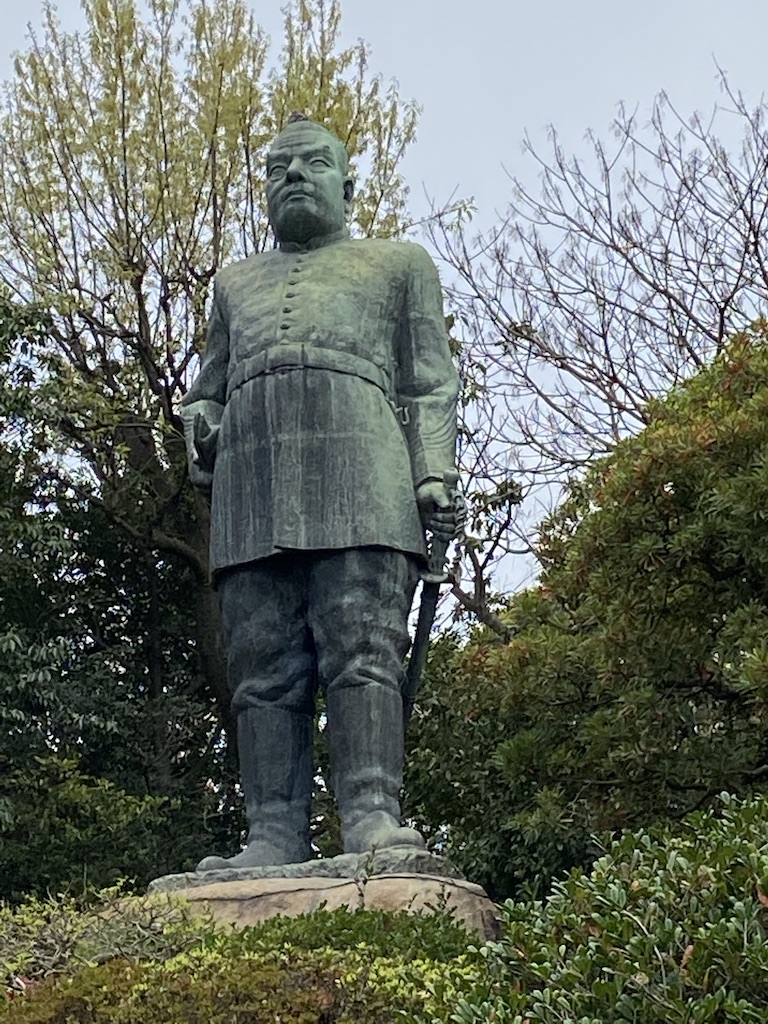
Saigo Takamori
The “last samurai” of Hollywood legend and one of the driving forces behind the Meiji Restoration in the 1860s. Having played a leading role in creating a new Japan, Saigo would ultimately turn against the new government and lead a “samurai rebellion” from his home province of Satsuma that was doomed to failure against a modernised army that he himself had helped to create. His statue adorns Ueno Park in Tokyo and of course his home town of Kagoshima.
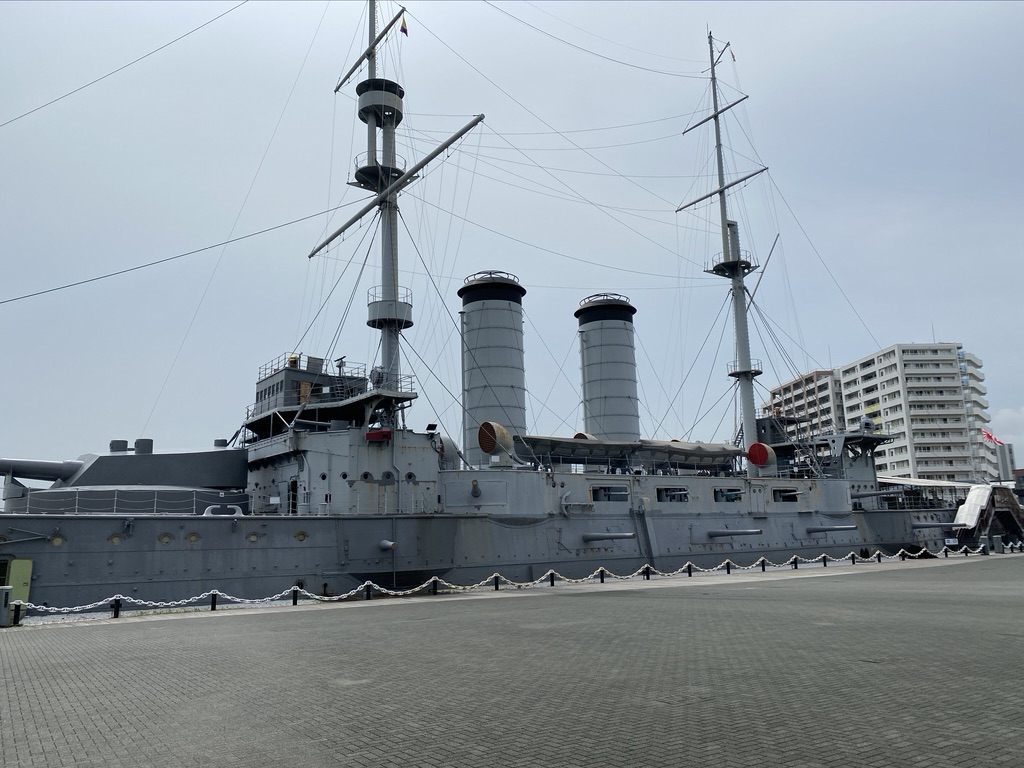
Mikasa
The flagship of Heihachiro Togo, the “Japanese Nelson”, who led the Japanese navy to its greatest triumph in the battle of Tsushima Straits during the Russo-Japanese war of 1904-5. The Russian fleet was comprehensively destroyed and Japan emerged onto the international stage as a Great Power. Today to be found in Mikasa Park in Yokosuka, still a naval base today but now for the use of the US fleet.
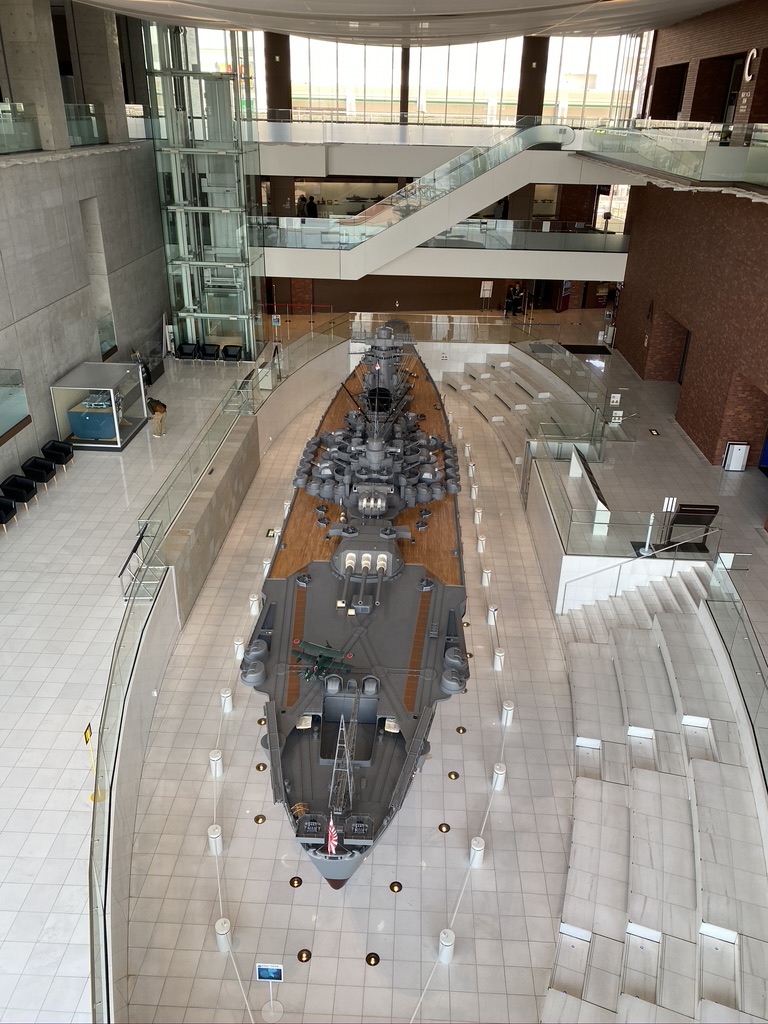
Yamato
The Yamato was the pride of the Japanese fleet and one of the most advanced battleships afloat at the time of the Pacific War. Like the rest of Japan’s capital ships she was destroyed during the fighting in the closing months of the war. The Yamato has become a symbol of Japanese technical and engineering capability and prowess and now has a commemorative museum of her own in Kure, on the site of the former shipyard south of Hiroshima, where visitors can admire a 1:10 scale model.
